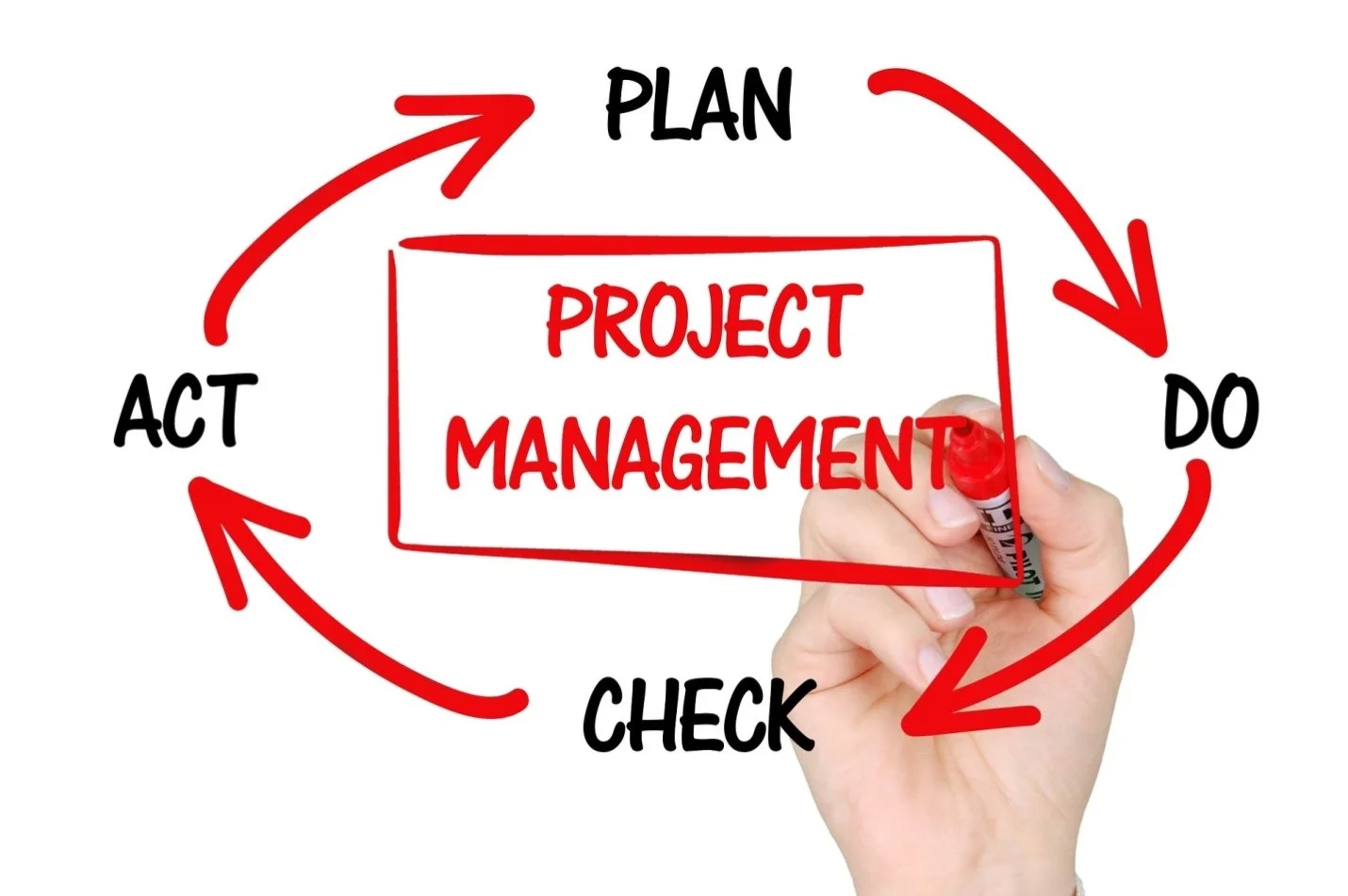APIs, or application programming interfaces, have become a fundamental part of modern software development. They allow different systems and applications to interact and exchange information, enabling developers to create powerful, integrated solutions that can connect to a variety of services and platforms. Additionally, we expect to see more standardization and consolidation of APIs in 2023. As the number of APIs and Real-time Data API Platform providers continues to grow, it becomes increasingly important to have common standards and best practices in place to ensure interoperability and ease of use.
Standardization efforts such as OpenAPI, RAML, and API Blueprint will continue to gain momentum, and we may see new initiatives emerge to address specific needs or challenges in the API landscape. As we look ahead to 2023, here are five key trends that we predict will shape the future of APIs.
1. Increased adoption of Graph QL
It allows developers to specify exactly what data they need from an API, and only that data is returned. This is in contrast to traditional REST APIs, which often return large amounts of data, much of which is not relevant to the client application. As a result, GraphQL can improve performance, reduce network traffic, and simplify client-side code. In 2023, we expect to see more and more APIs adopting GraphQL as a way to optimize their data transfer and improve the developer experience.
2. Emphasis on security and privacy
As APIs become more ubiquitous and are used to handle sensitive information such as personal data, financial information, and medical records, security, and privacy concerns will become even more important. In 2023, we expect to see an increased emphasis on security and privacy in API design and implementation. This will include stronger authentication and authorization mechanisms, better encryption of data in transit and at rest, and stricter adherence to privacy regulations such as GDPR and CCPA.
3. Expansions of server-less architectures
Serverless architectures, which allow developers to build and deploy applications without managing the underlying infrastructure, have been gaining in popularity in recent years. In 2023, we expect to see even more expansion of server-less architectures, including the use of server-less APIs. Serverless APIs can be built using platforms such as AWS Lambda, Azure Functions, and Google Cloud Functions, and can provide a highly scalable and cost-effective solution for APIs.
4. Adoption of AI-powered APIs
Artificial intelligence (AI) is already having a major impact on many industries, and we expect to see more and more APIs adopting AI-powered functionality in 2023. This could include APIs that use machine learning to analyze and classify data, natural language processing (NLP) APIs that can understand and interpret human language, and computer vision APIs that can identify objects and patterns in images and video. These AI-powered APIs will enable developers to build even more sophisticated and intelligent applications.
As always, it will be important for developers to stay up to date with these trends and to embrace new technologies to approaches in order to stay competitive and deliver the best possible solutions for their clients and users.
5. Growth of low-code and no-code APIs
As the demand for software solutions grows; there will be an increasing need for developers who can quickly and efficiently create APIs and other components of modern applications. Low-code and no-code platforms allow developers to create applications and APIs without writing traditional code, using visual interfaces and pre-built components instead.
In 2023, we expect to see the growth of low-code and no-code APIs, which will enable a wider range of users to create and customize APIs without needing deep technical expertise. Another trend we expect to see is the rise of event-driven architectures and APIs. Event-driven architectures allow applications to respond to real-time events and triggers, rather than relying on periodic polling or other less efficient methods.
This can improve performance and responsiveness, and enable new use cases such as IoT and real-time analytics. Event-driven APIs, which allow developers to build event-driven architectures using APIs, will become more popular in 2023 as more applications require Foreign exchange rates with real-time data processing and analysis.
We expect to see continued growth in the API economy, as more companies look to monetize their APIs and developers seek out new and innovative ways to use them. APIs can provide a valuable source of revenue for companies, as well as new opportunities for innovation and growth. We may see new business models emerge that are based on APIs, such as API marketplaces, API aggregators, and API management services.
Conclusion
In conclusion, APIs will continue to play a critical role in modern software development, and we expect to see a range of exciting trends and developments in 2023. From the adoption of GraphQL and serverless architectures to the expansion of AI-powered APIs and the growth of low-code and no-code platforms, the future of APIs looks bright and full of possibilities. Our tips about a currency conversion API can help companies to make precise financial calculations and avoid errors that can occur when manually converting currencies. With accurate conversion rates, businesses can also avoid potential financial losses due to fluctuations in exchange rates.


















